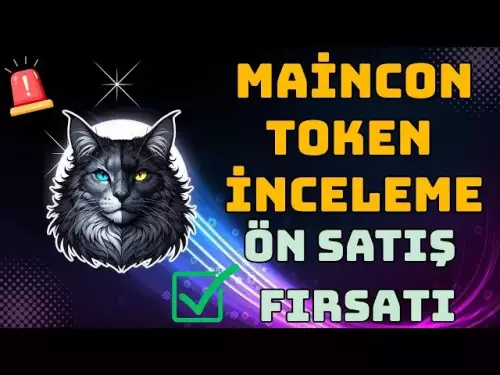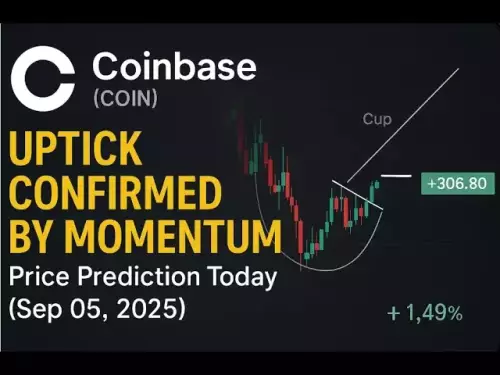Meme assets are evolving into legitimate investment vehicles through IP monetization, blockchain integration, and institutional-grade infrastructure.

Financialization, Meme Assets, and Blockchain Value: A New Era?
What started as internet jokes are now serious business. Meme assets are no longer just for laughs; they're being financialized and integrated into the blockchain, creating new opportunities and challenges.
The Rise of Meme Coins as Financial Instruments
Meme coins have evolved beyond mere social experiments. Tokens like LOFI and PEPE have shown that community-driven tokens can achieve liquidity parity with traditional assets. These tokens are increasingly listed on major exchanges, enabling institutional-grade trading and portfolio diversification. Solana, with its low-cost transactions, has become a hub for meme token creation, enabling projects like Dogwifhat (WIF) and Popcat (POPCAT) to thrive.
IP Monetization: From Viral Meme to Legitimate Brand
A critical factor in the maturation of meme-based assets is the formalization of intellectual property (IP) strategies. The Neiro project secured licensed IP rights to its name and imagery, directly from Atsuko Sato, the owner of the original Doge meme. This legitimized Neiro’s brand and set a precedent for IP accountability in the Web3 ecosystem. Platforms like MemeCore are innovating IP monetization through Proof of Meme (PoM) mechanisms, rewarding users for creating and sharing meme content.
Case Studies: Meme Coins as Investment Vehicles
The BullZilla ($BZIL) presale exemplifies how meme coins are adopting structured financial models. By offering a 70% APY "HODL Furnace" and a cinematic "chapter system," BullZilla raised $20,000 in just two hours. MAGAX combines meme energy with AI-driven rewards and CertiK audits, positioning itself as a "hidden gem" with projected gains of 8,850%. Regulatory clarity has also bolstered investor confidence.
The Road Ahead: ETFs and Institutional Adoption
The next frontier for meme-based assets is exchange-traded funds (ETFs). Discussions are underway to create diversified ETFs that aggregate meme coins, reducing individual token risk while capturing sector-wide growth. This would mirror the success of Bitcoin ETFs, enabling institutional investors to participate without direct exposure to volatile tokens.
DePIN + RWA: A New Synergy
The popularization of the RWA concept and the growth of the stablecoin market have led to a rapid increase in related projects. USD.AI, a stablecoin protocol, completed a $13 million Series A funding round. By introducing GPU property rights, the project connects Decentralized Token Offering (DePIN), AI, Reliable Token Offering (RWA), and stablecoins. This initiative can be considered a form of "Infra-Fi," potentially offering new insights into DePIN. This innovation will make the financing costs of AI companies more market-oriented.
Pudgy Penguins: A Case for Strategic Patience
The SEC’s delay of the Canary PENGU ETF decision until October 12, 2025, has cast a shadow over the project’s regulatory prospects. However, this delay may also signal a pivotal moment for meme-based digital assets, as Pudgy Penguins’ aggressive expansion into gaming, retail, and hybrid ecosystems demonstrates a unique ability to bridge speculative crypto markets with mainstream appeal. The launch of Pudgy Party, a blockchain-based mobile game, has driven 50,000 downloads on Google Play and a top-10 App Store ranking. Simultaneously, the project has expanded into physical retail through partnerships with Walmart and Target, offering 10,000 global store locations for Pudgy Penguins toys.
Conclusion
Meme-based digital assets are no longer a niche phenomenon. Through IP monetization, blockchain-driven value capture, and institutional-grade infrastructure, they are evolving into legitimate investment vehicles. Projects that secure IP rights, adopt utility-driven models, and leverage decentralized governance are best positioned to thrive in this new era. So, keep your eyes peeled – the future of finance might just be a meme!




















































































